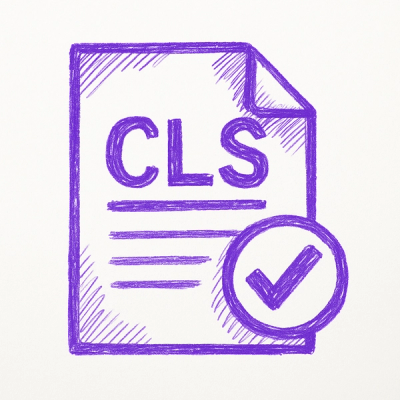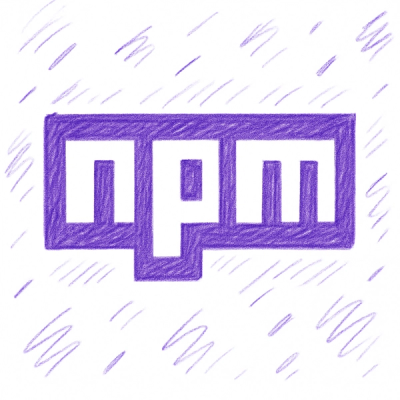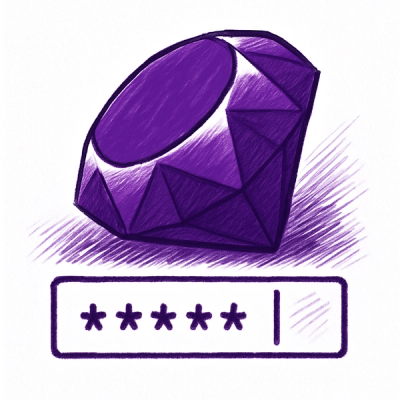
Security News
Opengrep Adds Apex Support and New Rule Controls in Latest Updates
The latest Opengrep releases add Apex scanning, precision rule tuning, and performance gains for open source static code analysis.
github.com/tarsillon1/oauth1

Package oauth1 provides a Go implementation of the OAuth 1 spec to allow end-users to authorize a client (i.e. consumer) to access protected resources on his/her behalf.
oauth1 takes design cues from golang.org/x/oauth2, to provide an analogous API and an http.Client with a Transport which signs/authorizes requests.
go get github.com/tarsillon1/oauth1
Read GoDoc
Package oauth1 implements the OAuth1 authorization flow and provides an http.Client which can sign and authorize OAuth1 requests.
To implement "Login with X", use the gologin packages which provide login handlers for OAuth1 and OAuth2 providers.
To call the Twitter, Digits, or Tumblr OAuth1 APIs, use the higher level Go API clients.
Perform the OAuth 1 authorization flow to ask a user to grant an application access to his/her resources via an access token.
import (
"github.com/tarsillon1/oauth1"
"github.com/tarsillon1/oauth1/twitter"
)
...
config := oauth1.Config{
ConsumerKey: "consumerKey",
ConsumerSecret: "consumerSecret",
CallbackURL: "http://mysite.com/oauth/twitter/callback",
Endpoint: twitter.AuthorizeEndpoint,
}
When a user performs an action (e.g. "Login with X" button calls "/login" route) get an OAuth1 request token (temporary credentials).
requestToken, requestSecret, err = config.RequestToken()
// handle err
Obtain authorization from the user by redirecting them to the OAuth1 provider's authorization URL to grant the application access.
authorizationURL, err := config.AuthorizationURL(requestToken)
// handle err
http.Redirect(w, req, authorizationURL.String(), http.StatusFound)
Receive the callback from the OAuth1 provider in a handler.
requestToken, verifier, err := oauth1.ParseAuthorizationCallback(req)
// handle err
Acquire the access token (token credentials) which can later be used to make requests on behalf of the user.
accessToken, accessSecret, err := config.AccessToken(requestToken, requestSecret, verifier)
// handle error
token := oauth1.NewToken(accessToken, accessSecret)
Check the examples to see this authorization flow in action from the command line, with Twitter PIN-based login and Tumblr login.
Use an access Token to make authorized requests on behalf of a user.
import (
"github.com/tarsillon1/oauth1"
)
func main() {
config := oauth1.NewConfig("consumerKey", "consumerSecret")
token := oauth1.NewToken("token", "tokenSecret")
// httpClient will automatically authorize http.Request's
httpClient := config.Client(oauth1.NoContext, token)
// example Twitter API request
path := "https://api.twitter.com/1.1/statuses/home_timeline.json?count=2"
resp, _ := httpClient.Get(path)
defer resp.Body.Close()
body, _ := ioutil.ReadAll(resp.Body)
fmt.Printf("Raw Response Body:\n%v\n", string(body))
}
Check the examples to see Twitter and Tumblr requests in action.
An Endpoint groups an OAuth provider's token and authorization URL endpoints.Endpoints for common providers are provided in subpackages.
A Config stores a consumer application's consumer key and secret, the registered callback URL, and the Endpoint to which the consumer is registered. It provides OAuth1 authorization flow methods.
An OAuth1 Token is an access token which can be used to make signed requests on behalf of a user. See Authorized Requests for details.
If you've used the golang.org/x/oauth2 package for OAuth2 before, this organization should be familiar.
See the Contributing Guide.
FAQs
Unknown package
Did you know?

Socket for GitHub automatically highlights issues in each pull request and monitors the health of all your open source dependencies. Discover the contents of your packages and block harmful activity before you install or update your dependencies.

Security News
The latest Opengrep releases add Apex scanning, precision rule tuning, and performance gains for open source static code analysis.

Security News
npm now supports Trusted Publishing with OIDC, enabling secure package publishing directly from CI/CD workflows without relying on long-lived tokens.

Research
/Security News
A RubyGems malware campaign used 60 malicious packages posing as automation tools to steal credentials from social media and marketing tool users.